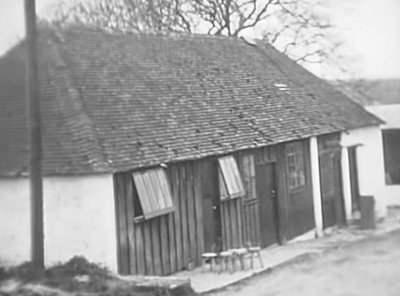Plant Heritage and the Threatened Plants Project
Published on 26 May 2015
00:00 - 00:00A request for help
Threatened Plants Appeal
"By supporting the Threatened Plants Appeal, you will be instrumental in not only safeguarding it, but also ensuring that our work carries on." Alan Titchmarsh
Plumpton College is assisting Plant Heritage to collate much needed information to ascertain the status of cultivars in the UK and Ireland
Why Conserve Cultivated Plants?
The importance of the socio-cultural value of plants has been accepted and enshrined in the current set of global targets for biodiversity.
Aichi Target 13 states:
Target 13
"By 2020, the genetic diversity of cultivated plants and farmed and domesticated animals and of wild relatives, including other socio-economically as well as culturally valuable species, is maintained, and strategies have been developed and implemented for minimizing genetic erosion and safeguarding their genetic diversity."
This is very exciting for Plant Heritage as it recognises that the work we are doing is of international importance.
A Nation of Growers
As a natural habitat, Britain is unique. Our climate is cool but temperate, with both alpine and marine regions. We have a number of micro-climates, and stretches of coastline washed by the Gulf Stream. With a little care we can, and do, grow virtually anything.
The lost garden of Britain
British growers have a long history of collecting plant material from the wild and hybridising. In decades past, small independent growers would compile catalogues containing literally hundreds of garden plants.
Sadly, many of these are now lost for ever. And since many growers never recorded their work, we have also lost vital knowledge; a tantalising slice of social, cultural and horticultural history has simply died with them.
Why?
The IUCN have been assessing the conservation status of wild species for more than four decades to pinpoint those that are threatened with extinction.
The TPP fulfils a similar role for cultivars in the UK and Ireland, but goes a few steps further by assessing them for value and sourcing conservation plans. Identifying threatened plants enables Plant Heritage to use its resources where they are most needed.
How can you help?
We are trying to collate as much information as we can regarding cultivars from as many sources as possible.
Any growers who hold a specific genus of cultivars or a wide selection of genera which include cultivars in a list form or on a data base could help this very important project, which is working to ascertain and conserve threatened and endangered cultivars in the UK and Ireland.
Obviously this request doesn’t apply to any members who may hold a National Collection as this was Plant Heritages first point of call, followed up by contacting all the institutions, organisations and gardens on both the PlantNetwork and the BGCI data bases.
The only criteria to meet is that specimens must either be planted out permanently or continuously held in pots, which many growers may have for the use as stock plants.
If you can assist in this mammoth task we would like to receive your data base in order that all the projects findings can be as accurate as possible.
Please contact
Gary Jones
Plumpton College, Horticultural lecturer.
Tel 01273 890454. Ext 307
on behalf of Dr Kalani Seymour, Threatened Plants Project Manager, Plant Heritage, email TPP@plantheritage.org.uk, telephone 01483 447 540 Fax 01483 458 933

Explore our history
Since the original 400-acre College farm was bought back in 1919, Plumpton College has certainly seen a lot of changes.

Stay connected
Keep up to date with us online. Give us a like and follow us on:















